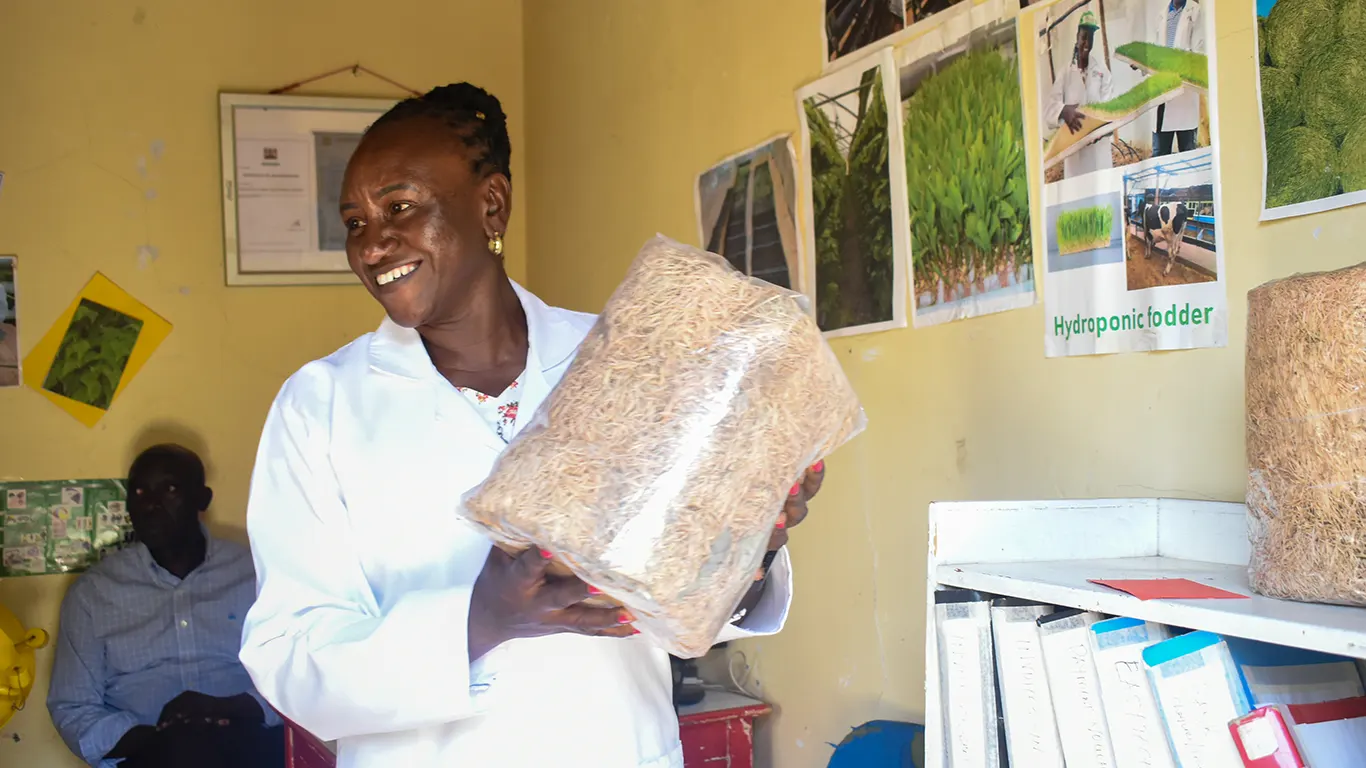Today, running a business is not easy and is subject to multiple unexpected risks that can cause a company loss of money or permanent closure. Therefore, proper risk management allows organizations to attempt to prepare for the unexpected before it happens. In this regard, some have argued that sustainability reporting and risk management are actually ‘two sides of the same coin’. Considering risk and sustainability is noteworthy, as sustainability is about realizing business resilience and an opportunity to enhance transparency and partnership.
In a world of changing expectations, it is very important that companies account for the way they impact the local communities and the environment where they operate. It must be noted that a business can grow only if society is generally satisfied with their operations and contributions to their well-being.
Sustainability issues like community health and education, employee safety, protection of human rights, adaptation to climate change and corporate governance performance among others draws the attention of investors. These have become areas of intense investor concern since the long-term sustainability of any business is directly related to its ability to bear the fast changing environmental and social trends.
This raises the importance of sustainable reporting which can help a company to accurately and transparently account for their activities. Business cannot survive for long unless it behaves in a socially responsible manner.
Sustainability reporting acts as a tool to measure the company’s performance and therefore help mitigate any business-related risks in future. It communicates the social and environmental effects of organizations to its stakeholders and particular interest groups within society at large. This in turn strengthen the bond resulting in business prosperity and growth.
Read also: Programme for enabling companies to report on the SDGs launches
With sustainability reporting, an organization can focus on the identification and prioritization of risk, with primacy on internal reporting, external disclosure and transparency. It not only helps organizations to understand their impacts but also enables them to be transparent about the various risks and opportunities they face.
Modern business, in addition to the traditional risks, increasingly face social and environmental risks which manifest themselves over a longer term, are largely outside the organization’s control and often affect the business on many dimensions.
Managing such risks require making investment decisions today for loner-term capacity building and developing adaptive strategies; and good sustainability reporting helps with that.
Learning about the GRI standards is therefore the best place to start. Typically, companies use the GRI standards to develop and design their sustainability or corporate responsibility reports as they include a very broad scope of disclosure.
Read also: KCIC Consulting launches global course for sustainability professionals
KCIC Consulting Limited (KCL), a sustainability consulting firm in Kenya, will be offering a tailored sustainability reporting course to professionals with a focus on the unique needs of each company. Focused on this need, KCL will help companies identify the subset of sustainability issues that reasonably likely to material to investors and risk mitigation. Thus, in order to preserve a focus on financial materiality as well as to attain comparability among peers, this course will be ideal.
More details on the Professional Certification Program can be found here.




